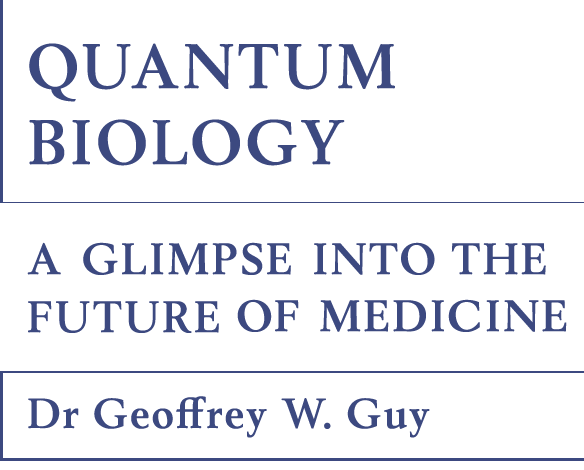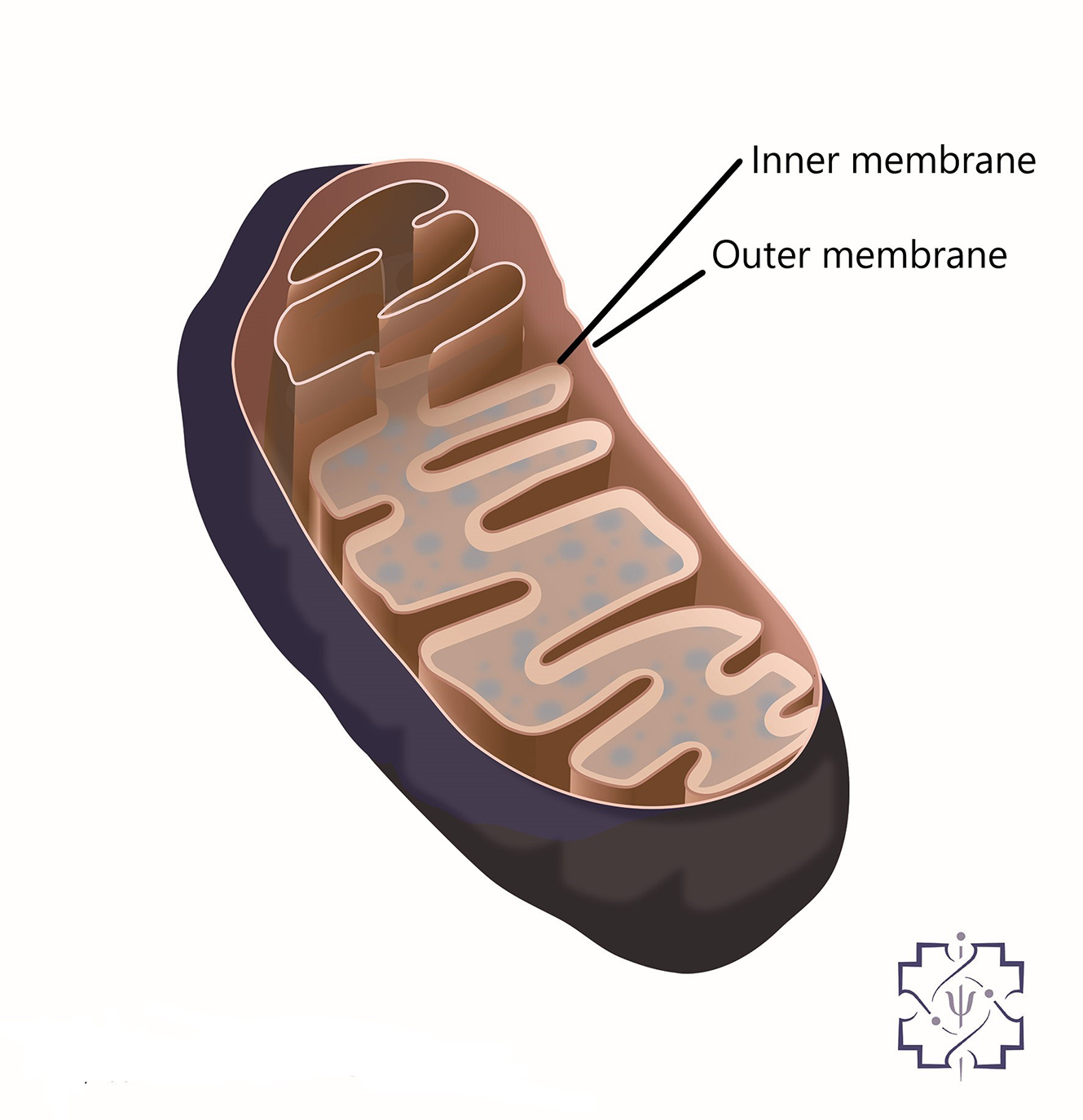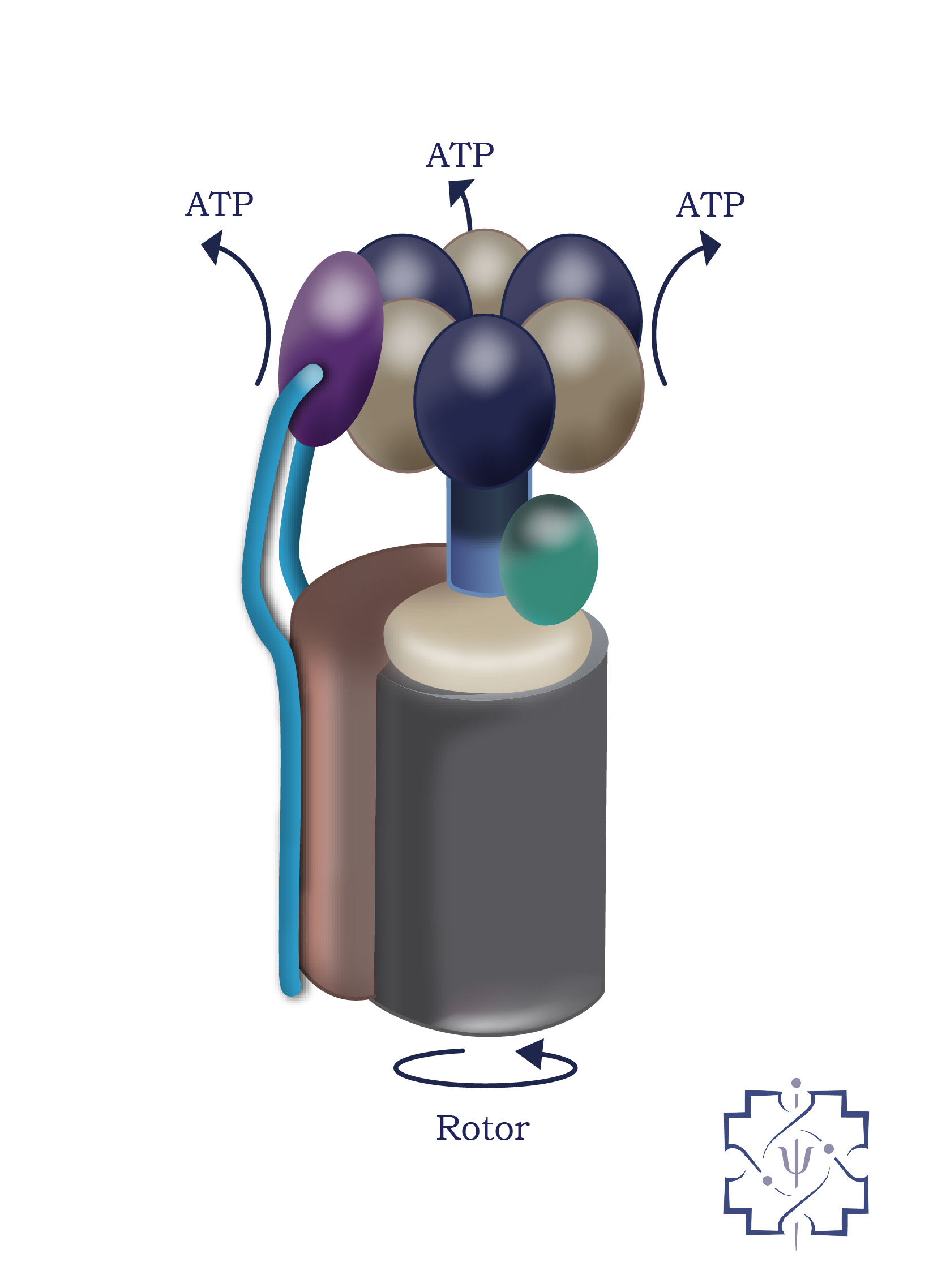
- About Geoffrey Guy
- List of chapters
- 1 Flatworms and xenobots
- 2 Beyond neurons: quantum effects in the brain
- 3 The ghost in the machine
- 4 Inflammation and equilibrium
- 5 The light fantastic
- 6 Lessons from the pandemic
- 7 Reassessing the causes of cancer
- 8 Energy, information and light
- 9 Before the origins of life
- 10 Unravelling the double helix
- 11 The computer in our cells
- 12 Space: the quantum frontier?
- 13 The quantum fractal
- 14 The path to mainstream
- Glossary
- Buy the book



1
Flatworms and xenobots
This page provides online resources relating to Chapter 1 of Quantum Biology: A Glimpse into the Future of Medicine. Read a chapter extract, or scroll down to access figures and terminology, additional resources published by The Guy Foundation, and a list of further reading.
Name of the Chapter
Subheading
If you’ve ever owned a fish tank, you’re probably familiar with planaria, or flatworms as they are more commonly known, and you probably don’t like them. They are usually about half an inch long and multiply at an alarming rate in your tank. Most aquarists regard them as pests. But for some research scientists they are literally the most interesting creatures on Earth. What makes a planarian so remarkable becomes apparent if you cut one in half: it grows back into two flatworms. And it’s not just a head and a tail that are separately staying alive; it’s two complete, new flatworms, each with its own new head or tail. Even more strangely, if you cut a planarian up into multiple pieces, each fragment will regrow exactly the parts it needs to transform into a new, perfect worm.
… Michael Levin, Distinguished Professor at the Tufts University Department of Biology in Massachusetts, has studied planaria extensively. His aim is to identify the mechanism by which the cells in each fragment of worm know what is missing, know how to rebuild the organs it needs, and know when to stop. He believes that answering these questions is the key to future advances in regenerative medicine and synthetic bioengineering. Levin’s hypothesis is that it is bioelectricity – the tiny electric currents which are generated by biological processes – which allows the cells in a planarian to communicate with each other. The currents are not just allowing communication, they allow cells to form networks with memory and decision-making computational capacities.
Buy the book here
The word quantum comes from Latin. It means ‘how much’ and describes the minimum unit of energy or matter. It was the German physicist Max Planck who coined the term ‘quantum of action’, in effect the smallest change that can be measured in nature.
The term was used in 1905 by Albert Einstein who proposed that a beam of light is not a single wave flowing through space like the tide flowing towards a shoreline, but rather a collection of separate packets of energy, which he called ‘light quantums’.
The energy takes the form of electromagnetic radiation and the packets have become known as photons.
Quantum entanglement is the phenomenon whereby two subatomic particles remain mathematically related to each other even if they are separated. A change induced in one will immediately affect the other. Einstein called it ‘spooky action at a distance’.
Mitochondria are microscopic structures found in most of the body’s cells. They use the oxygen we breathe and the nutrients in our bodies to manufacture the molecule ATP, which can store and transfer energy between cells. Cells which require a lot of energy, such as those in muscles, may contain thousands of mitochondria.


ATP is produced by a tiny motor within the inner membrane of the mitochondria.
Homeostasis is the ability of cells, tissues and organisms to keep living systems in their optimal state. It involves the constant adjustment of variables such as temperature and glucose levels to maintain a stable internal environment.
2022 Autumn Series
Quantum mitochondria: energy, information and implications for health and disease
Date
Videos

The Guy Foundation 2023 Spring Series
From molecular physiology to anatomical form
Professor Michael Levin, Tufts University
Professor Wayne Frasch, Arizona State University

The Guy Foundation 2023 Space Symposium
Membrane potential and regeneration
Professor Michael Levin, Tufts University

The Guy Foundation 2023 Space Symposium
Overview of electric fields in biology
Dr Michal Cifra, Czech Academy of Sciences

The Guy Foundation 2022 Autumn Series
Mitochondria, bioenergetics, information and electric fields: implications for repair and regeneration
Professor Michael Levin, Tufts University
Professor Wayne Frasch, Arizona State University

The Guy Foundation 2020 Spring Series
Fundamentals of Energy Harvesting by Living Organisms
Professor Wayne Frasch, Arizona State University

The Guy Foundation 2020 Spring Series
Reprogramming Endogenous Bioelectrical Circuits: a new approach to regenerative medicine
Professor Michael Levin, Tufts University
Also visit The Guy Foundation YouTube Channel Mitochondria Playlist
See the Playlist.
Douglas Blackiston, Emma Lederer, Sam Kriegman et al., ‘A cellular platform for the development of synthetic living machines’, Science Robotics 6:52 (2021), doi.org/10.1126/scirobotics.abf1571
Read: Abstract | Article | Full text
Peter Jedlicka, ‘Revisiting the quantum brain hypothesis: toward quantum (neuro)biology?’, Frontiers in Molecular Neuroscience 10 (2017), doi.org/10.3389/fnmol.2017.00366
Read: Full text
Srdjan Kesić, ‘Toward a more general understanding of Bohr’s complementarity: insights from modeling of ion channels’, PhilSci Archive (2021), philsci-archive.pitt.edu/id/eprint/19408
Read: Full text
Michael Levin, ‘Bioelectric signaling: reprogrammable circuits underlying embryogenesis, regeneration, and cancer’, Cell 184:8 (2021), doi.org/10.1016/j.cell.2021.02.034
Read: Abstract | Article | Full text
Alistair V. W. Nunn, Geoffrey W. Guy and Jimmy D. Bell, ‘Thermodynamics and inflammation: insights into quantum biology and ageing’, Quantum Reports 4:1 (2022), doi.org/10.3390/quantum4010005
Read: Abstract | Article | Full text
Xiao-Yun Xu, Xiao-Wei Wang, Dan-Yang Chen, C. Morais Smith and Xian-Min Jin, ‘Quantum transport in fractal networks’, Nature Photonics 15 (2021), doi.org/10.1038/s41566-021-00845-4
Read: Abstract
Ahmed Zewail (ed.), Physical Biology: From Atoms to Medicine (London: Imperial College Press, 2008)
Read: About the book
